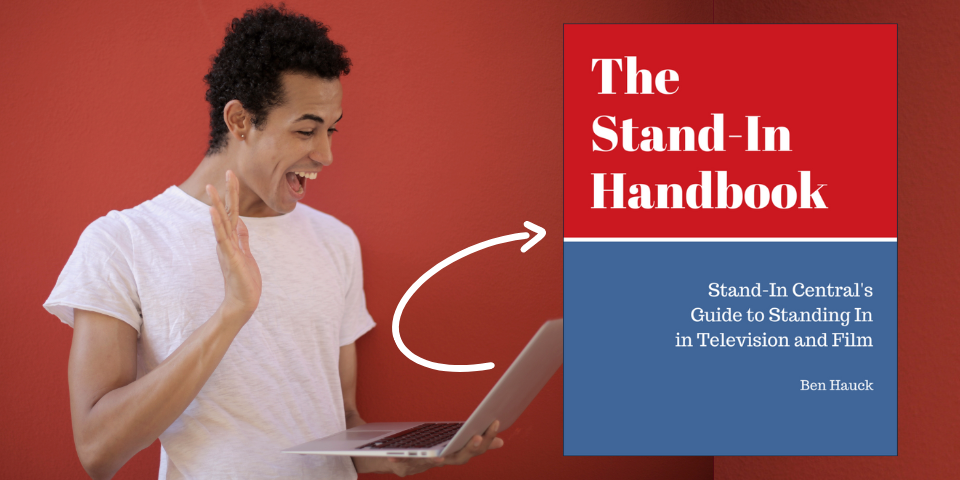In 2015, Stand-In Central did a deep-dive story on the hazards of standing in in drone shots, forecasting the increasing dangers stand-ins face when being the guinea pigs for shots involving newly permitted and governmentally fast-tracked remotely piloted aerial cameras.
Drones do not have to have a camera rigged to them for stand-ins to have to be involved with them in a scene. For example, drones without cameras could be part of the scene.
Without cameras rigged to them, drones still pose a serious risk to stand-ins. Here is some additional advice when it comes to standing in safely around drones.
Take Safety Meetings Seriously
When working on a drone scene, make a point to be at the safety meeting that might be offered just before a drone is in use on set.
Sometimes second-teamers will think that safety meetings are for crew members, or second-teamers might not be explicitly invited to a safety meeting when it’s called out. However, stand-ins should make a point of attending a safety meeting because they are the most immediately in harm’s way in most drone scenes.
If You Feel Unsafe, Turn Your Head Away from the Drone
On a recent shoot, a drone was supposed to hover about six feet away from the first team actor on a studio stage. A lead crew member involved with the drone team took safety seriously enough to urge being able to talk to the first-teamer about safety with respect to the drone. The crew member also approached the stand-in to talk safety.
His advice was that if the drone looked to be accelerating in the stand-in’s direction, to turn away from the drone. Doing so would mean that the drone would hit the back of the head, the nape (the back of the neck), or the back of the stand-in, which was much preferable to the drone hitting the stand-in’s face.
He also assured the stand-in he would owe the stand-in dinner if that event happened!
Stay Aware of the Drone
The movement of a drone can be gradual or sudden. It could potentially fly out of control and become a fast-moving projectile. Or, it could gradually approach a stand-in, and if too close its propellers could strike or maim the stand-in.
Be aware of the location of the drone when you are standing in in a scene when a drone is in use. If it approaches you, keep your eye on it if at all possible should you feel unsafe or need to move away from its propellers or trajectory. Do not trust the drone. Instead, distrust the drone while also trying to do your job.
Ben's Tip!
Drones may create a sound, and they may also create downdraft. Both the sound and the downdraft may help you to gauge whether the drone is near or approaching. While sound and downdraft are not surefire gauges on the exact location of the drone, should you hear a difference in sound or a change in the wind sensation, the drone may have approached or moved away from you.
Hazard Pay
Given the hazardous nature of drones, should you have to stand in with them, talk to production or a SAG-AFTRA union representative about getting hazard pay for the job.
Some collective bargaining agreements say that stand-ins should be notified of hazardous work in advance of the job, and in case they are not notified, they can decline the work and still receive compensation.
If a union rep is not available, consult the governing collective bargaining agreement for the contract language with respect to work in hazardous situations.
Conclusion
Drones are novel, but they are not toys. In theory, they are piloted by professionals when you are working on a set. But despite being piloted by professionals, they still can pose a danger on set and are never to be fully trusted.
Should you ever have any safety concerns with respect to drones, be forward in expressing them. And should anything about the flying drone look suspicious to you, or should the drone move toward you in a way that makes you feel unsafe, turn away from the drone. Doing so may help to protect you from injury or worse when you are standing in with drones.
Have an experience standing in on drone scenes? Share your stories below!






Leave A Comment